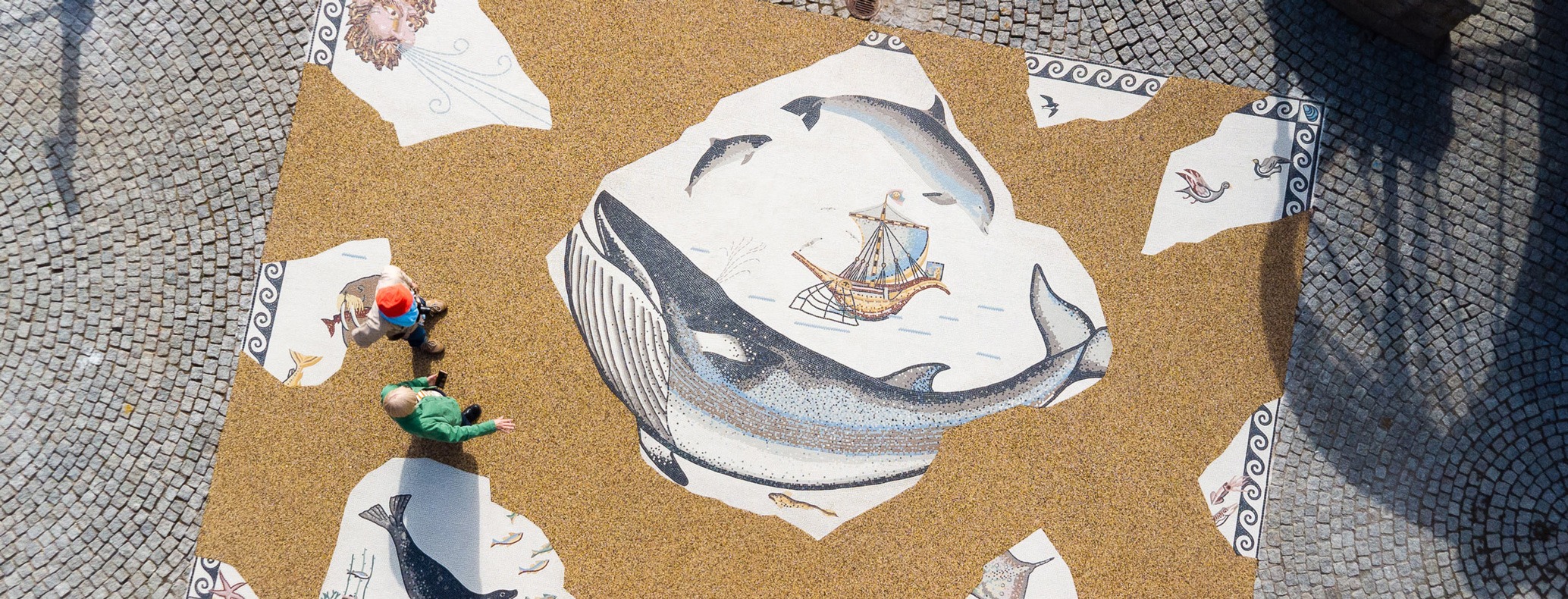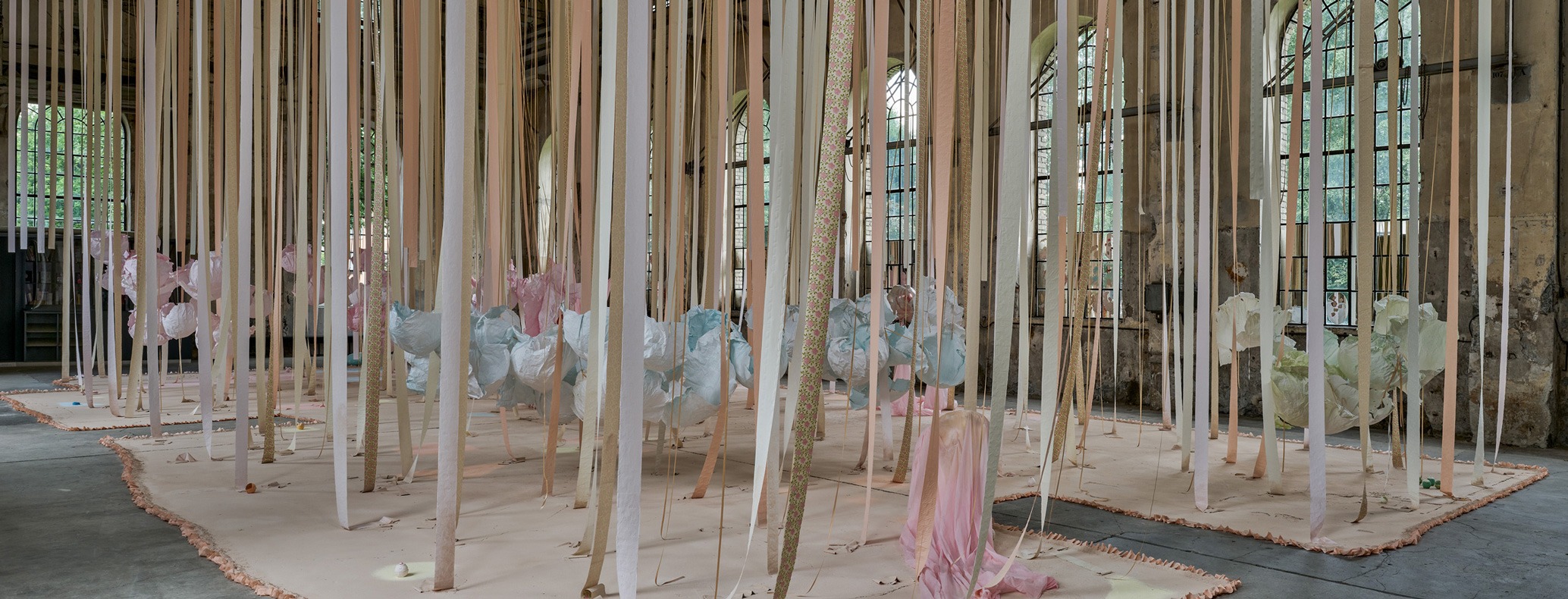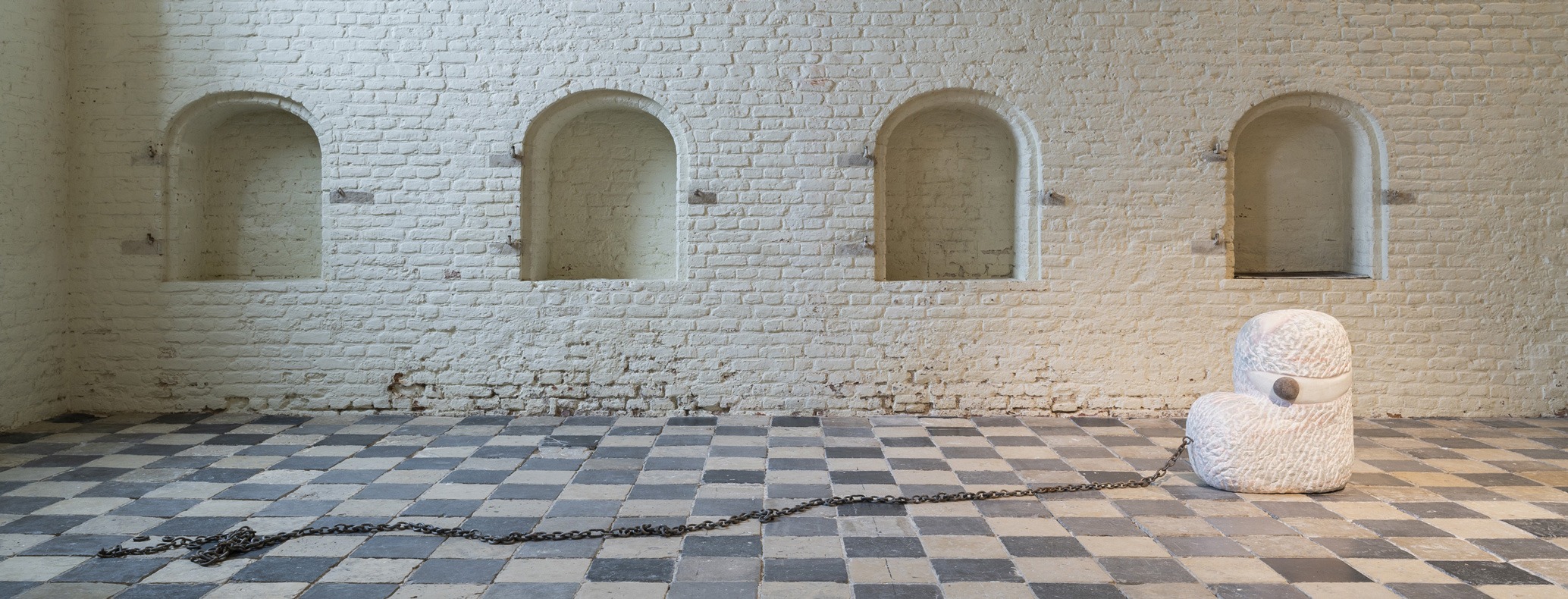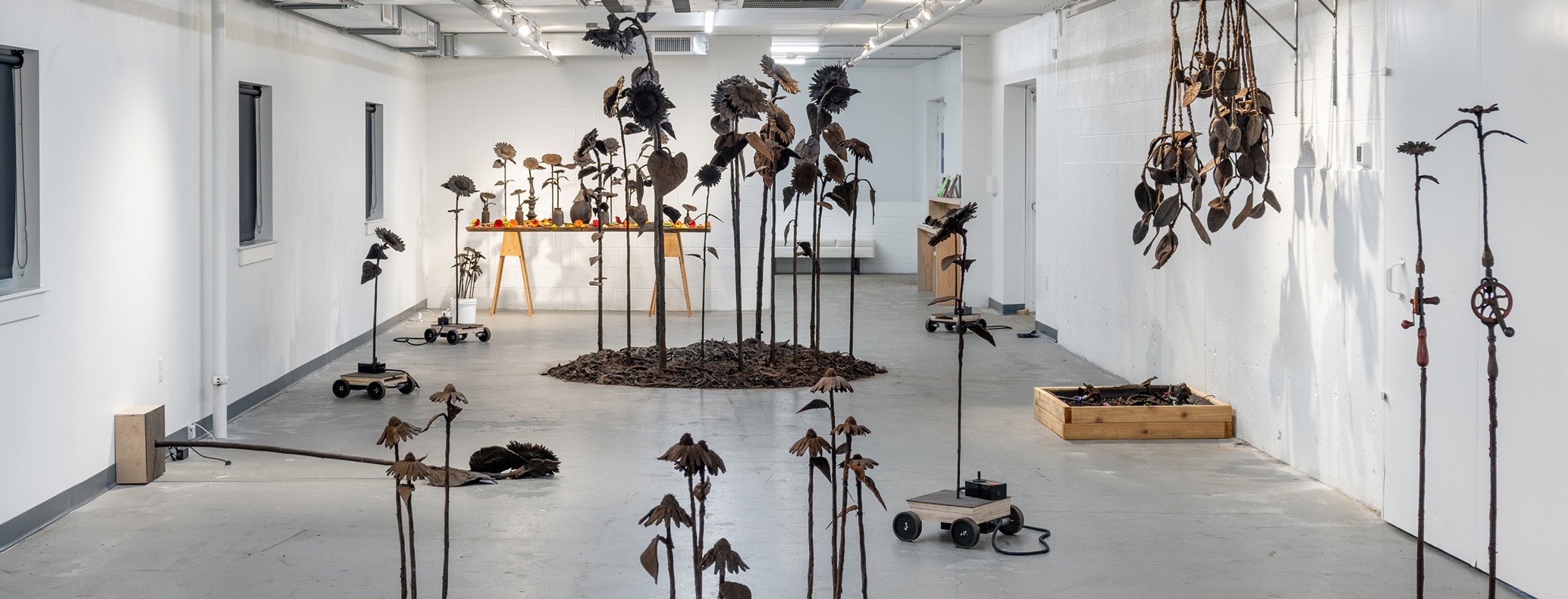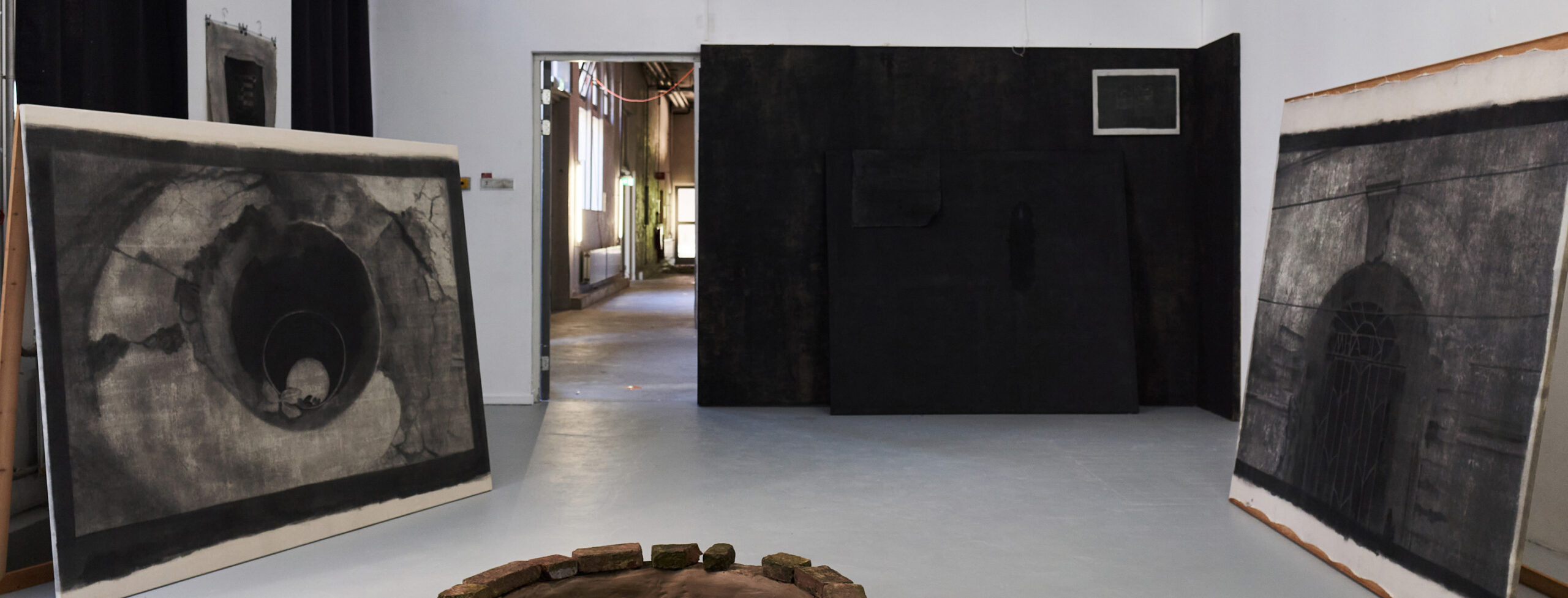Buenos Aires-based Jessica Trosman began her career in fashion design, launching the brand Trosmanchurba with Martín Churba in 1997 and her eponymous brand in 2002. Her fashion practice took her around the world, especially Japan, and work in her textile laboratory generated prestigious collaborations with haute couture houses such as Chanel and Rick Owens.
Jessi Reaves
MINNEAPOLIS Walker Art Center Much of the material in these works, including cotton batting, velvet, sewing pins, mink fur, and hangers, points to classic markers of the domestic feminine. But Reaves’s approach to destruction and repurposing does not completely refute these themes and tropes; instead, it feels more like an acknowledgement and remixing.
Transitando paisajes absurdos: Una Conversación con Eliana Heredia
La artista visual Eliana Heredia, oriunda de Buenos Aires, cursó estudios en el Instituto Universitario Nacional de Arte (IUNA) y se graduó como Profesora Nacional de Escultura en el año 2000. Estudió en la Universität der Künste en Berlín (UDK), donde obtuvo en el año 2011 un máster en Artes.
Passing Through: A Conversation with Kateřina Vincourová
“Skin Care,” Kateřina Vincourová’s current exhibition at Galerie Rudolfinum in Prague, features recent works along with new site-specific installations. As the Czech artist explains, “I build ‘cages’ and try to capture echoes of my thoughts in them.”
Max Hooper Schneider
NEW YORK 125 Newbury Fusing nature and artifice while highlighting metamorphosis, conversion, and collaborative practice, these sculptures recall Hieronymus Bosch’s fantastic hybrid figures and exploration of alchemy and science, philosophy and religious belief.
Cosima von Bonin
LONDON Raven Row von Bonin’s installations, which combine found objects and handmade elements, retain a deliberate looseness aligned with her Cologne milieu of the 1990s—an anti-heroic sensibility that dismantles the cult of authorship, authenticity, and artistic genius.
Armando Guadalupe Cortés
BROOKLYN Smack Mellon Cortés’s work renders parrots not only as metaphors for migration and adaptability, but also as proxies for human connection.
Shared Landscapes: A Conversation with Sarah Crowner
Etel Adnan’s large-scale ceramic mural Untitled (2023) debuted alongside an extensive presentation of her work in the solo exhibition “Painting into Space” (2023–24) at The Bass Museum in Miami. The spectacular work, created posthumously from a 2020 drawing, features vibrant geometric fields of color.
Irma Hünerfauth
LONDON Arcadia Missa While Hünerfauth struggled with the social and political conditions of post-Nazi Germany, she also attempted to understand rising pressures on perception, community, and nature in the face of technological advancement.



